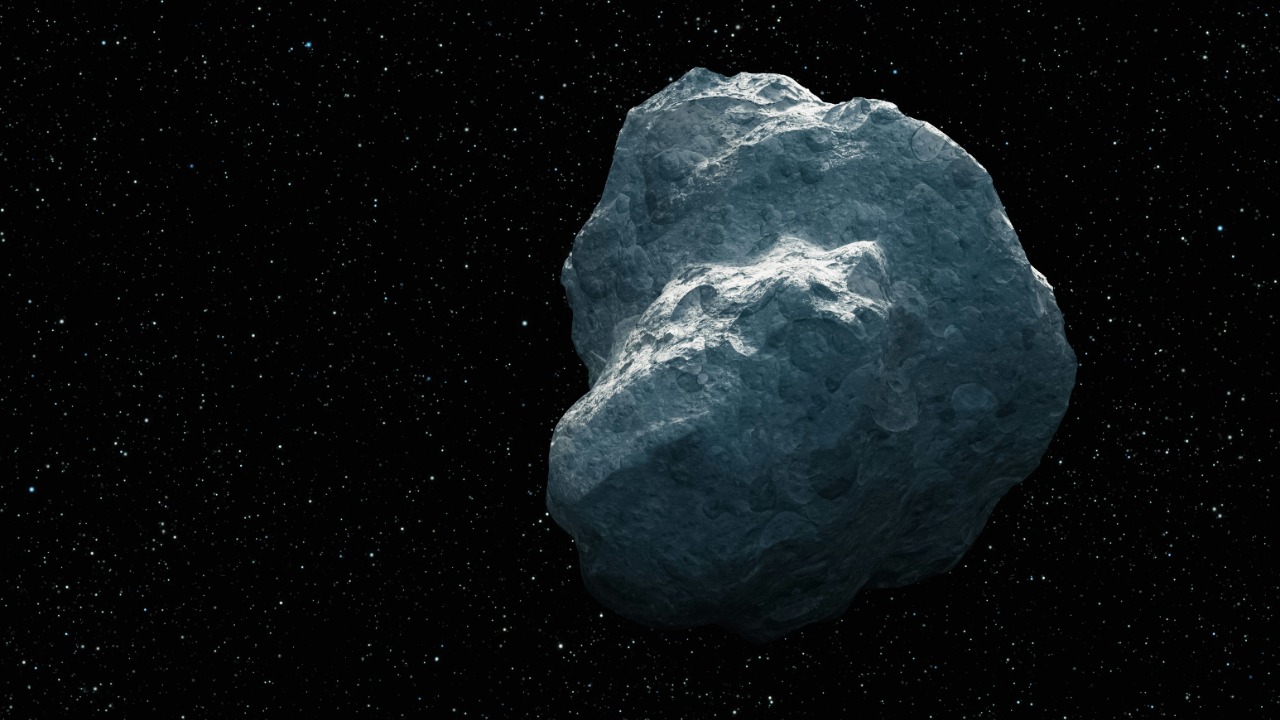
Recent recalculations have confirmed that asteroid 2024 YR4 no longer threatens Earth in 2032 and beyond. While initial projections raised concerns about a potential impact, updated data from NASA’s Planetary Defense Coordination Office and other space agencies have provided reassuring news for both scientists and the general public.
Understanding Asteroid 2024 YR4
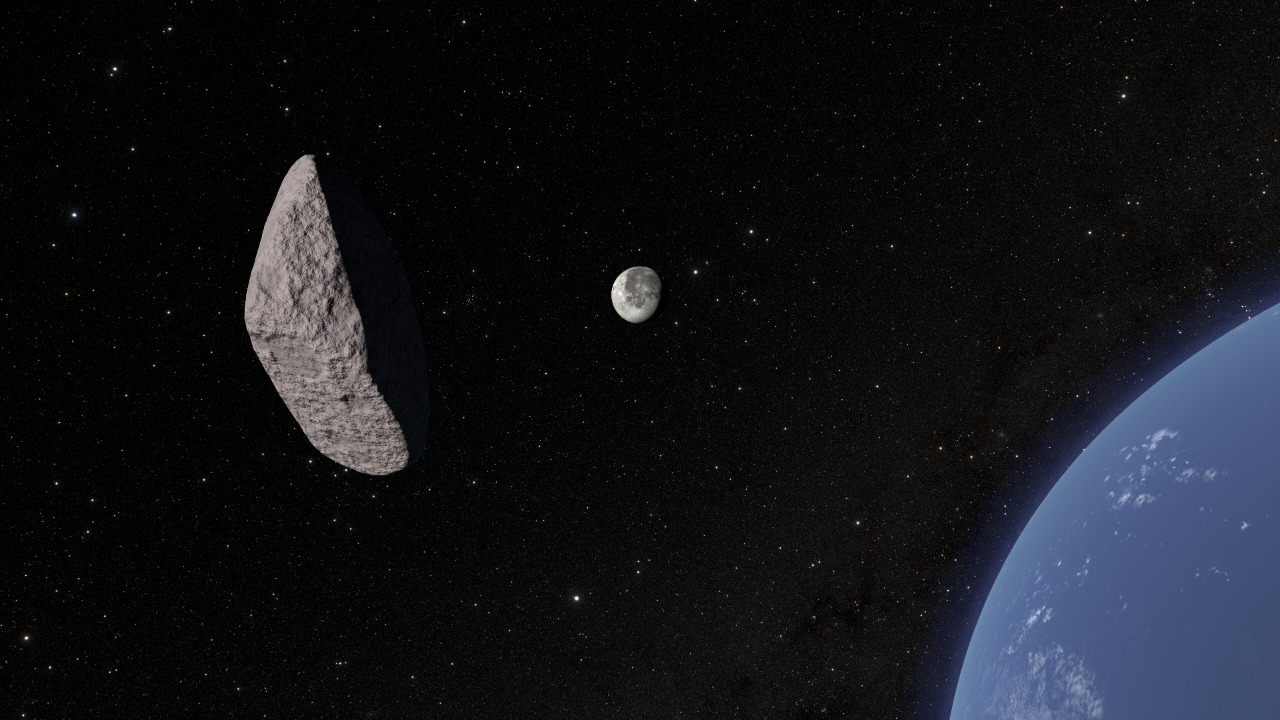
Asteroid 2024 YR4 first entered the watchful eyes of astronomers in late 2024. Discovered using sophisticated telescopic equipment, its initial trajectory suggested a possible collision course with Earth in the year 2032. This early assessment prompted a flurry of activity among scientists and space agencies, as they scrambled to gather more data and refine their calculations. The initial threat assessment was based on limited observational data, which often leads to high levels of uncertainty in the predictions of asteroid paths.
Composed mainly of rock and metal, asteroid 2024 YR4 is estimated to be about 300 meters in diameter, making it a significant near-Earth object. For comparison, it is larger than the Chelyabinsk meteor, which caused widespread damage and injury in Russia in 2013. Despite its size, 2024 YR4 is not an anomaly in our cosmic neighborhood; it shares similarities with other asteroids that frequently pass by Earth without incident. Tracking these objects is crucial for planetary defense strategies, as even small deviations in their paths can have significant consequences.
Latest Calculations and Predictions
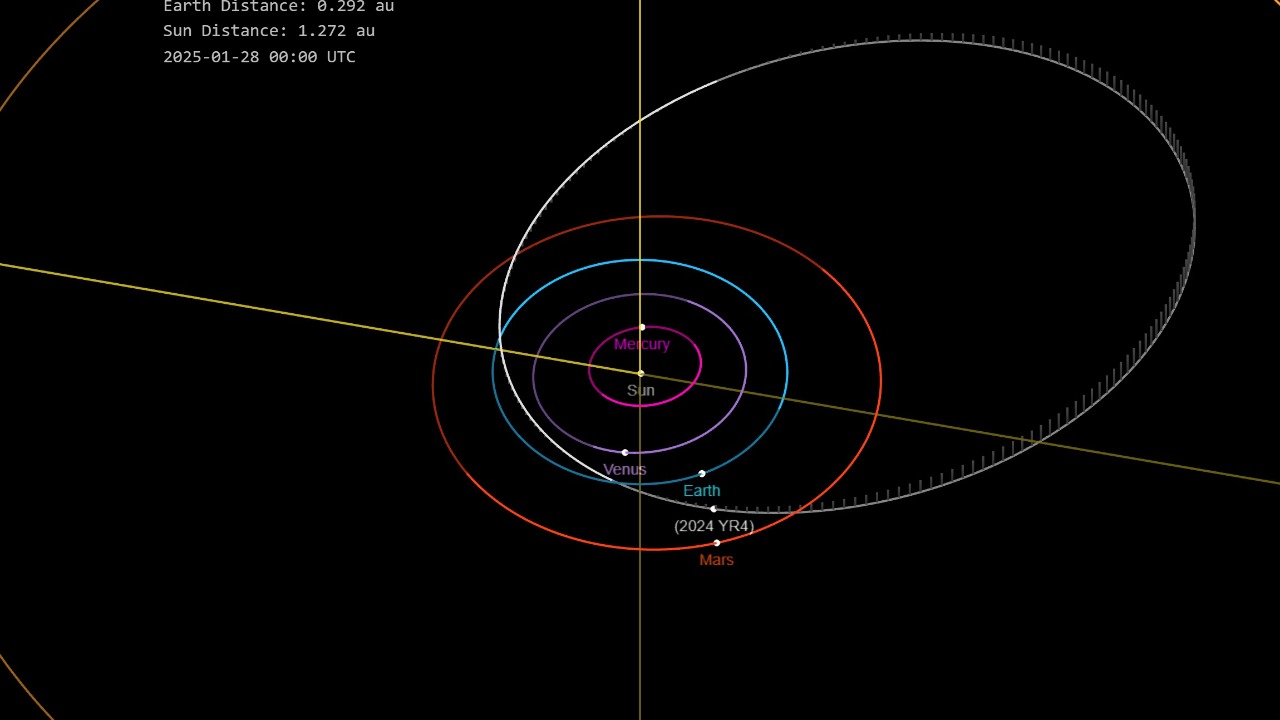
Recent developments in tracking and monitoring techniques have played a pivotal role in dissipating fears surrounding asteroid 2024 YR4. Advances in technology, such as more powerful telescopes and improved data analysis algorithms, have significantly enhanced the accuracy with which scientists can predict the paths of celestial objects. Additionally, the collaborative efforts among international space agencies have been instrumental in pooling resources and expertise to update the asteroid’s trajectory.
The recalculations were spearheaded by NASA and the European Space Agency (ESA), which used a combination of radar observations and computer simulations to refine YR4’s path. Their findings, published in a NASA report, confirm that the asteroid poses no significant threat to Earth. Both agencies have issued statements reassuring the public and emphasizing the importance of continued monitoring. The ESA also continues to actively monitor the asteroid, ensuring that any future changes in its trajectory are promptly detected.
Potential Lunar Impact and Its Implications
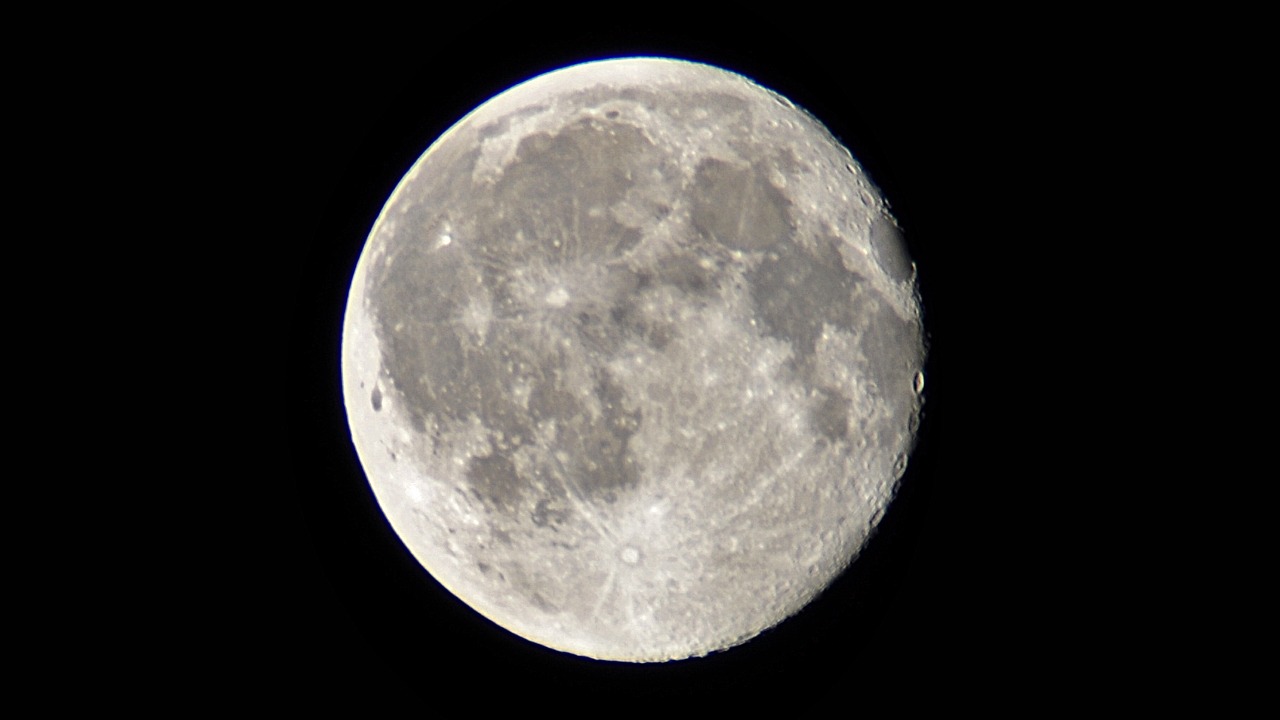
While Earth appears to be safe, there remains a possibility that asteroid 2024 YR4 could impact the Moon in 2032. This potential lunar collision has captured the interest of astronomers and enthusiasts alike. According to a Times of India report, such an event could create spectacular meteor showers visible from Earth, offering a unique opportunity for observation and study. Although the impact would not significantly alter the Moon’s orbit or structure, it could lead to minor surface changes and provide valuable data for future lunar exploration.
Another aspect to consider is the potential risk to satellites and space missions orbiting the Moon. The debris generated by an impact could pose hazards to spacecraft, necessitating careful planning and mitigation strategies. Agencies are already evaluating measures to protect valuable space assets, ensuring that scientific and communication satellites remain operational. The prospect of a lunar impact underscores the interconnectedness of space activities and the need for robust planetary defense systems.
Public Reaction and Media Coverage

Initial reports of asteroid 2024 YR4’s potential impact with Earth caused considerable public concern and media frenzy. Early headlines painted a dire picture, leading to widespread anxiety about the possible consequences of an asteroid collision. This was reminiscent of past events where media coverage amplified fears, often overshadowing the scientific perspective. In response, scientists and space agencies worked diligently to communicate their updated findings, striving to provide a balanced view of the situation.
As new information emerged, the narrative surrounding YR4 shifted from alarm to reassurance. News outlets gradually adjusted their coverage, highlighting the efforts of scientists to ensure public safety. The transition from panic to calm was a testament to effective scientific communication and the importance of transparency in addressing public fears. Articles from major outlets like CBS News helped convey the reduced threat level, emphasizing the role of continued vigilance in space observation.
Future Monitoring and Planetary Defense Strategies
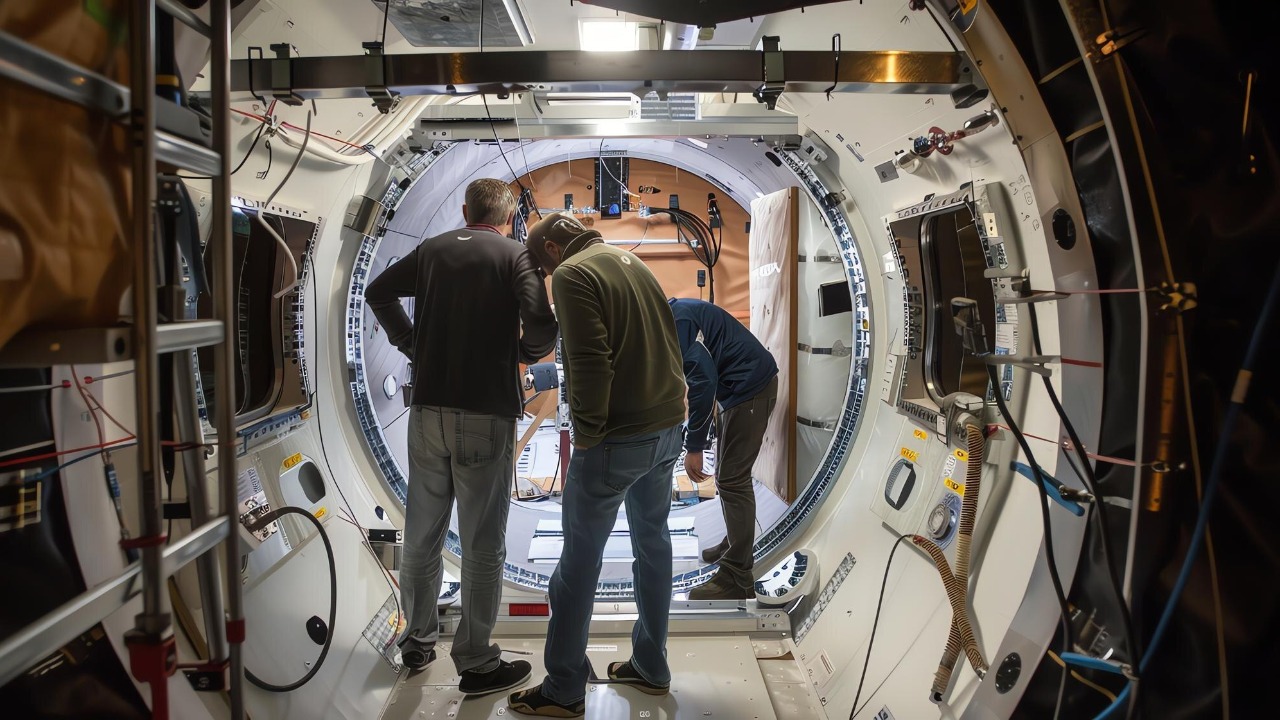
The case of asteroid 2024 YR4 highlights the critical need for ongoing efforts to monitor near-Earth objects. International collaboration is at the forefront of these initiatives, with agencies like NASA, ESA, and others working together to enhance planetary defense capabilities. Future missions are already being planned to study asteroids similar to YR4, aiming to improve our understanding of their composition, behavior, and potential risks.
Continued investment in space observation technologies is crucial to improving detection systems and refining our ability to predict asteroid paths. The development of new telescopes and radar systems, along with advances in data processing, will enhance our capacity to identify potential threats well in advance. Long-term strategies focus on prevention, exploring methods to deflect or disrupt asteroids that may pose a danger to Earth. With these efforts, we can ensure that our planet remains safe from cosmic hazards.